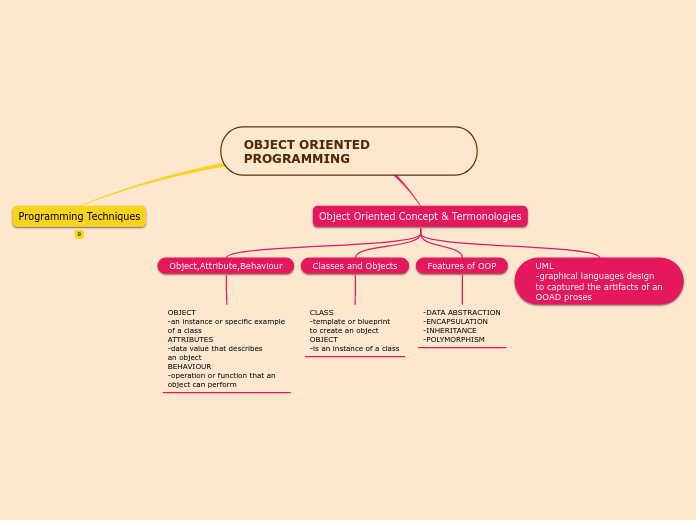jonka Morgan Radick 9 vuotta sitten
1852
Newton's 3 Laws of Motion
Newton's three laws of motion describe the fundamental principles governing the behavior of objects. The first law, also known as the law of inertia, states that an object at rest stays at rest and an object in motion continues in motion at a constant velocity unless acted upon by an unbalanced force.









